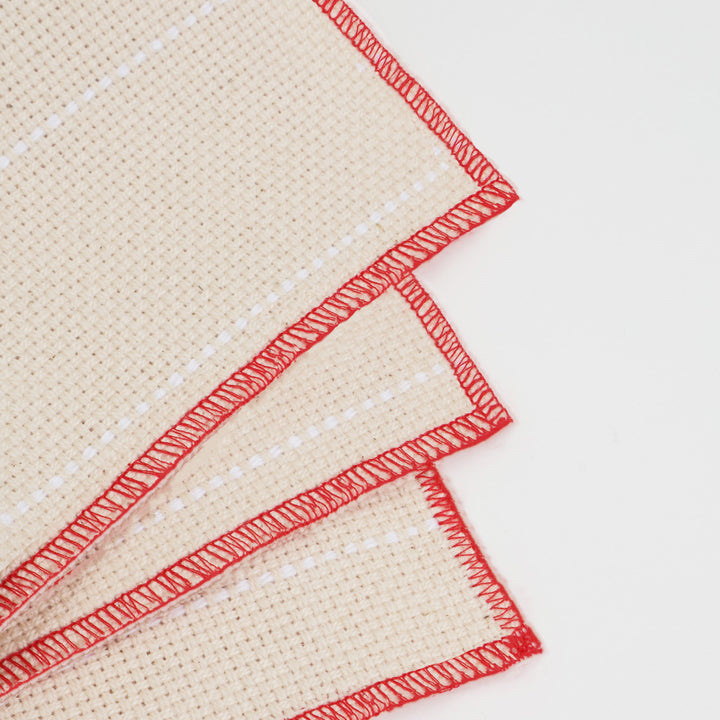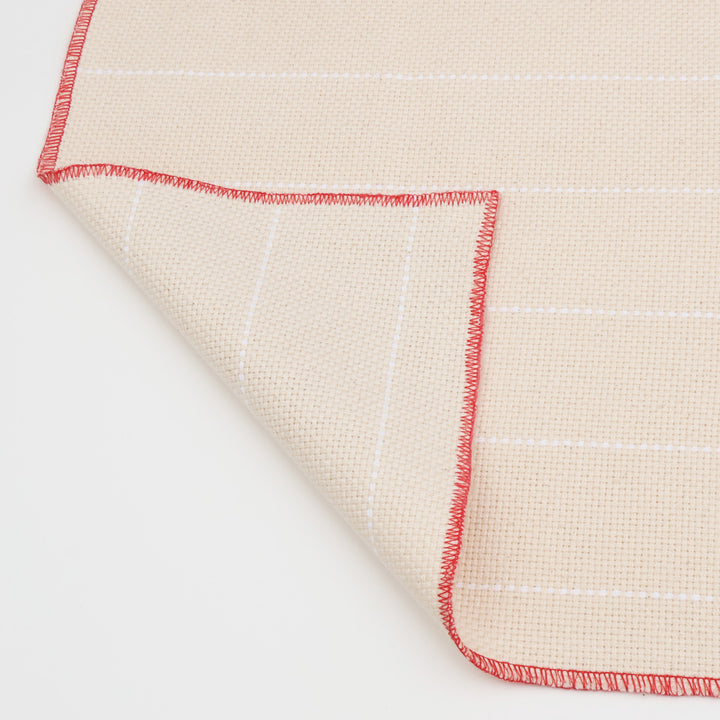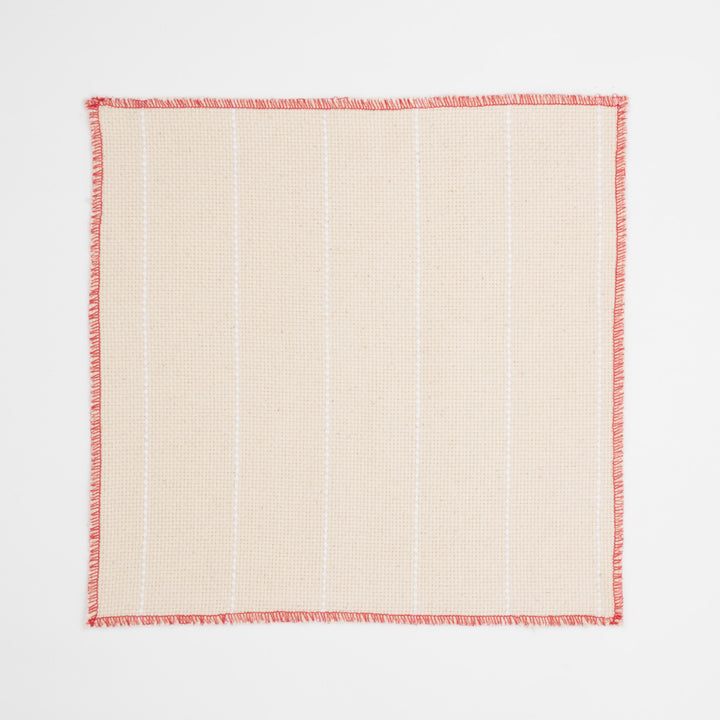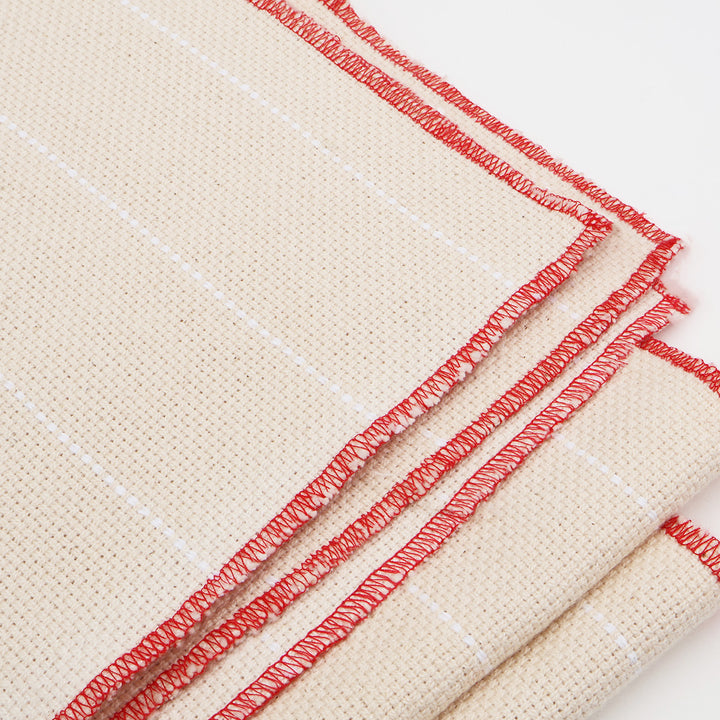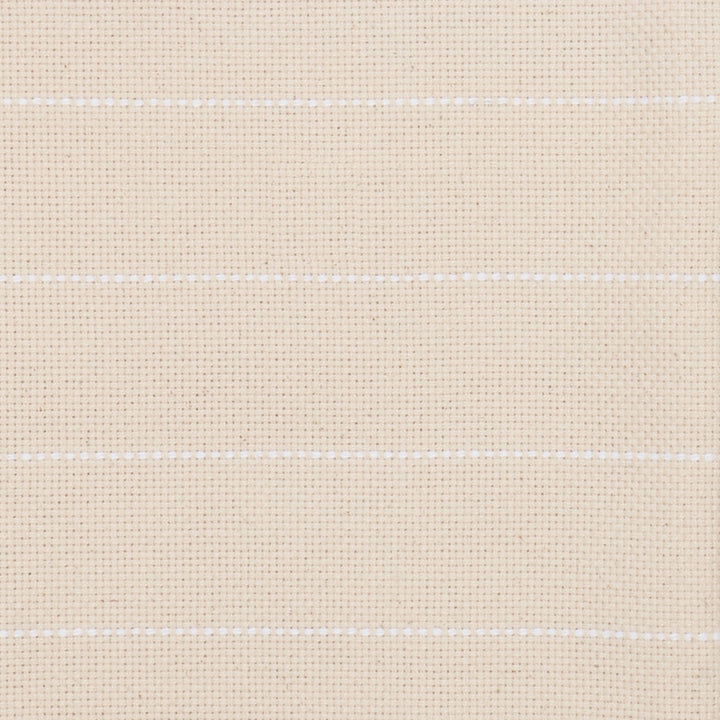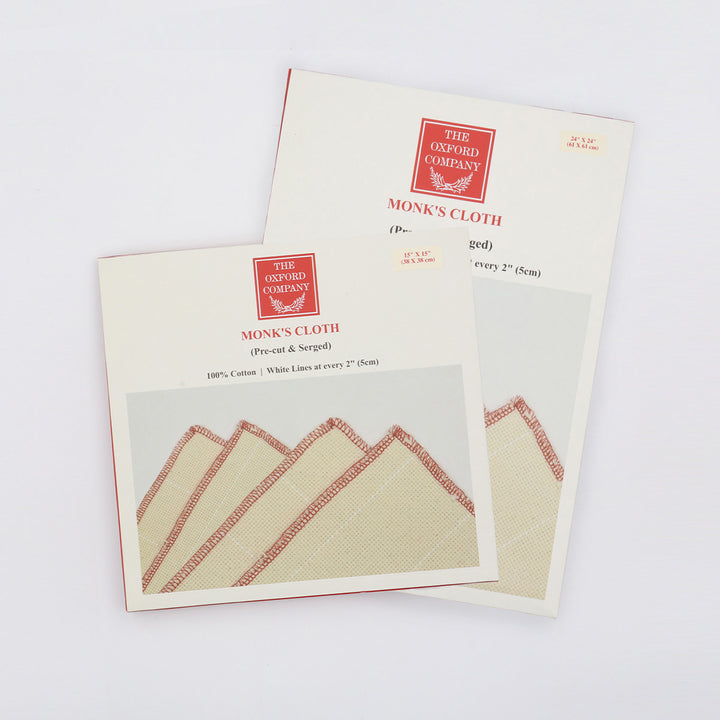Monk's Cloth Precuts – Supplies
© WizzCommerce
© WizzCommerce
© WizzCommerce
Your pre-order item has reached its limit.
The most popular backing for punch needle rug hooking, this 100% cotton Monk's Cloth is suitable for use with all sizes of Oxford Punch Needles. Also great for traditional rug hooking. Woven with a white line every two inches (5cm) to help you position your pattern and stretch it evenly on your frame. Approximately 13 double threads per inch.
Please note that all pre-cut sizes are measured pre-serging. Size may vary slightly once serged.
Helpful Tip: Add 5" (12.7cm) on each side of your pattern to make sure you have enough extra to hem your rug. So if your rug is 24" x 36" (60.96 x 91.44cm) your backing should be 34" x 46" (86.36 x 116.84cm). Also, always measure to make sure the final size you choose will fit on your frame!
Personally, I always use 100% cotton monk's cloth for all my punch needle projects. Although I prepare my designs and color plan my rugs ahead of time, once I start punching I don't always get it "just right" the first time. Sometimes a color doesn't work or I want to alter my design a bit... Many times I just can't tell what something's going to look like until I actually start punching. If you're like me (and most punchers!) you will often be challenged by the “three P's" meaning you will choose to "Punch, un-Punch and re-Punch" until you’re satisfied with your results! On one boat rug I made I had to fit the 8 lettered name of the boat on it's tiny 2" x 1" stern! I finally got it right on the 7th try and the cotton monk's didn't rip! Needless to say, I punched carefully while I did this but what I'm trying to say is - cotton monk's cloth is the most durable, forgiving foundation cloth I've ever tried! Tip: If you're using our #13 or #14 fine point Oxford Punch Needles with "slippery" fibers such as cotton and you find that your loops aren't staying in... try washing and drying your monk's cloth to shrink the holes. (Note that this isn't necessary with most yarns.)


